Situated very conveniently near Stanford University’s historic Main Quad, Associate Professor Jeremy Bailenson and his research team built a remarkable new research facility, Virtual Human Interaction Lab (VHIL), where they conduct experiments on dynamics of user experience and social interaction in immersive virtual environments (VE). Last week, we had the opportunity to visit this exciting place with guidance of Cody Karutz, manager of the lab, who explained the lab’s technological infrastructure and perspectives on social research. Although Virtual Reality (VR) seems to be at the center of attention, defining VHIL only as a ‘VR Lab’ would not be fair, as it contains settings with many different user interface devices and immersive visualization technologies, such as Cave Automatic Virtual Environment (CAVE), optical motion tracking devices, and audio-visual/haptic feedback systems.
The leader of VHIL team, Professor J. Bailenson, recently co-authored a book entitled Infinite Reality: Avatars, Eternal Life, New Worlds, and the Dawn of the Virtual Revolution with Distinguished Professor of Psychological and Brain Sciences Jim Blascovich. In their new book, Professors Blascovich and Bailenson present a very comprehensive analysis of the (history of) technologies surrounding VR paradigm with their social, psychological and cognitive aspects, well-supported with empirical findings from years of research experience. After visiting Professor Bailenson’s class ‘Virtual People’ at Stanford University and having the chance to attend a guest lecture by Professor Blascovich, the guided tour of VHIL was supposed to be the next logical step to grasp this magical realm. Indeed, strolling around the virtual VHIL and letting myself down the virtual pit, while wearing a Head-Mounted Display (HMD) with ambient sound as powerful as I can physically feel under my feet, was exactly the kind of experience I was looking for!
For more detailed information of current research projects at VHIL, click here.
At the entrance hall to VHIL, a Microsoft Kinect setting welcomes the visitors, tracking every movement we make in the 3D space that is Karutz’s office, and visualizing on stereoscopic display TV, as in 3D without the need for glasses. As Karutz explained during the tour, the lab is still in construction and there are more comprehensive technologies to be implemented. Although the VHIL team has a large collection of, and years of experience with, various forms of user tracking technologies, Karutz stated that VR is a rapidly changing field, and the industry is pushing towards more comprehensive and accessible motion tracking devices such as Microsoft’s Kinect (or Wii Remote, Playstation Move etc). Nonetheless, VHIL’s main focus is on experiences of presence and copresence in immersive VEs, so the tour continues with the CAVE setting and VR rooms.
Everything at the VR lab is monitored and manipulated within an elaborate control room. There are two separate rooms for testing immersive user experiences and tracking movement in physical space and translating it into the virtual space. The smaller tracking room has 8 cameras for optical tracking markers, while the large room has a more accurate tracking infrastructure. Although Kinect and other motion tracking devices are relatively accessible for home-use, immersive audio-visual systems and HMDs are still very expensive for the average user. Karutz relates this with the push from the industry and lack of development in end-user applications, which limits the design and production of affordable mass-produced devices. Although current HMDs are bound to cables to monitor location and movement of users, VHIL will be presenting the demo of their first wireless HMD this summer.
VHIL also contains a CAVE setting. At the first room, the two-walled CAVE renders 3D images on 70-inch diagonal 3D displays. The CAVE enables users to experience immersion and interactivity in VEs without the need for HMDs, while its capacity to deliver high motion sensitivity is lower than other systems.
In the larger multisensory tracking room, VHIL offers more accurate tracking and more immersive VR experiences, provided by a new HMD with wider and more realistic visual fields, tactile feedback on the floor which shakes with sound and movement in virtual space, and the 23 channel surround sound system which pushes the boundaries of realism in environmental simulation. Another very promising development at VHIL’s new premises is that the team now has two tracking rooms, which means they will be able to have multiple participants simultaneously and in their actual social contexts.
During Cody Karutz’s guided tour, we’ve had the chance to experience the VR environment by falling down trap pits in the virtual VHIL room, and chopping virtual trees. By using a customized haptic user interface device, originally designed for first person shooters, VHIL’s VR environment also offers study of interaction with new tools to affect virtual objects, such as cutting trees in a virtual forest to study how experiences in immersive VEs would change real-world behavior. Bailenson and his research team use these interactions and their real-world consequences as sources of data to observe how learning through immersive VE experiences could change people’s recycling and consumption behaviors. Their research also casts light on other aspects and uses of these technologies, such as avatar-based (transformed) social interaction, and collaborative working on clinical applications or building virtual spaces together.
VHIL Lab team claims that our future lives will incorporate more technologies of immersive virtual social interaction, which is a reasonable assumption for many recent use cases. Jeremy Bailenson and his colleagues are trying to understand this emerging world of VR and how it will affect societies. Their research on user behavior and experience in immersive VEs are inspirational for other forms of online worlds where participants collaboratively design and build their own communication environments, and a successful model for many research establishments such as RUC’s Experience Lab.
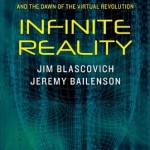
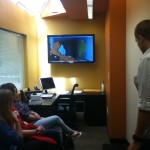
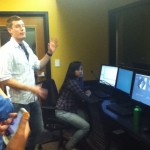
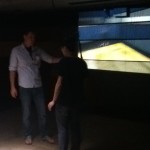
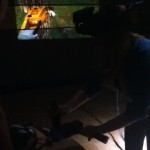
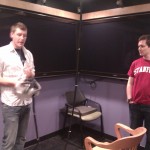
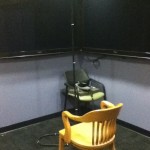
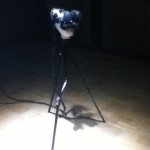
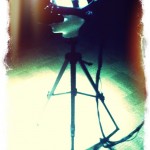
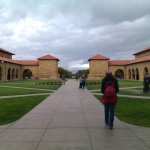
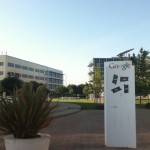

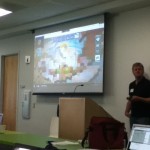
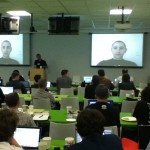
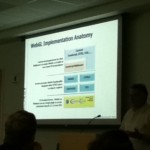
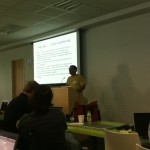
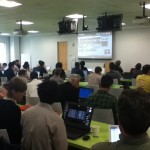
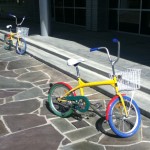



Recent Comments